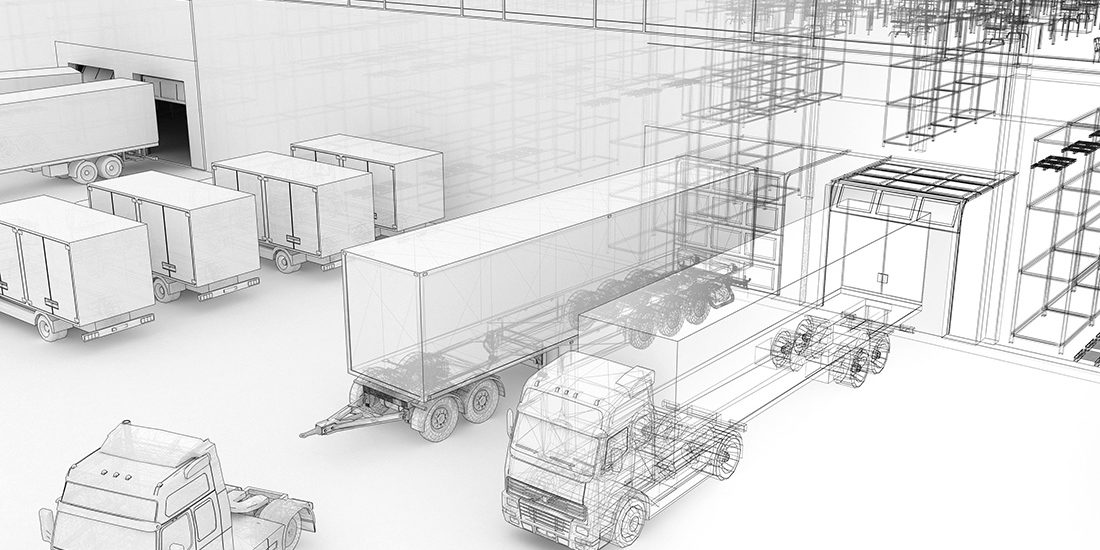Warehousing has become a source of competitive advantage for any business. There are numerous success as well as failure stories revolving around them. By keeping a few key considerations in mind in design and operations, you would be able to ensure your warehouse runs in an efficient manner.
Like other supply chain decisions, warehousing decisions are often skewed by conflicting departmental goals in the enterprise. So, as a strategic decision, it is important to align warehousing goals to overall business goals. Once that is in place, you can explore some of the best practices in warehousing.
Building Design
One of the biggest considerations while taking warehousing decisions is regarding building design. There are many aspects to be kept in mind for this:
- Size:
The size should be be able to to accommodate the forecast demand in the next 4-5 years. It should be flexible for peaks without sacrificing efficiency. You should also consider flow through, cross dock and just in time (JIT) while deciding about sizing. - Facility Height:
– Level of pallets – 4 high, 6 high or 8 high
– Selection of material handling equipment (MHE)
– Cost comparisons between MHE and space - Floor:
Strength and flatness of the floor enable loads at height using MHE.
- Dormant inventory:
Identify inventories which are near expiry or slow moving or damaged and liquidate them on a regular basis. - Safety:
Ensure safety of inventory as well as personnel by having regular fire and electrical audits.
Get the Return on Investments
We have discussed about the focus of warehousing decisions and one of the biggest consideration while building a warehouse. Now, let’s discuss some of the best practices to get maximum out of your warehousing investments.
- KPIs:
Decide on 5-6 key metrics which closely align to your organisational goals. Make your employees understand these metrics completely and how rewards are related to performance on these metrics. Then you just need to communicate progress and expectations clearly. - Service-level agreements (SLAs)
Establish SLAs with vendors and customer departments to ensure progress towards a single direction. - Warehouse Management System (WMS):
Select a WMS as per your requirement and size of operations. After choosing one you should adopt a phased integration approach to integrate it with customers and vendors. Also, use your WMS data to measure KPIs.
- Roof reinforcements:
If MHEs are to be used from roof trusses, then it will be easier and cheaper to implement stronger roof trusses at the construction stage. - Dock doors:
Sufficient number of dock doors enable smooth inbound and outbound movement. Capacity for expansion should be considered.
Keeping these in mind, you can ensure that warehouse planning and operations can be designed to deliver as per the organisational goals.



